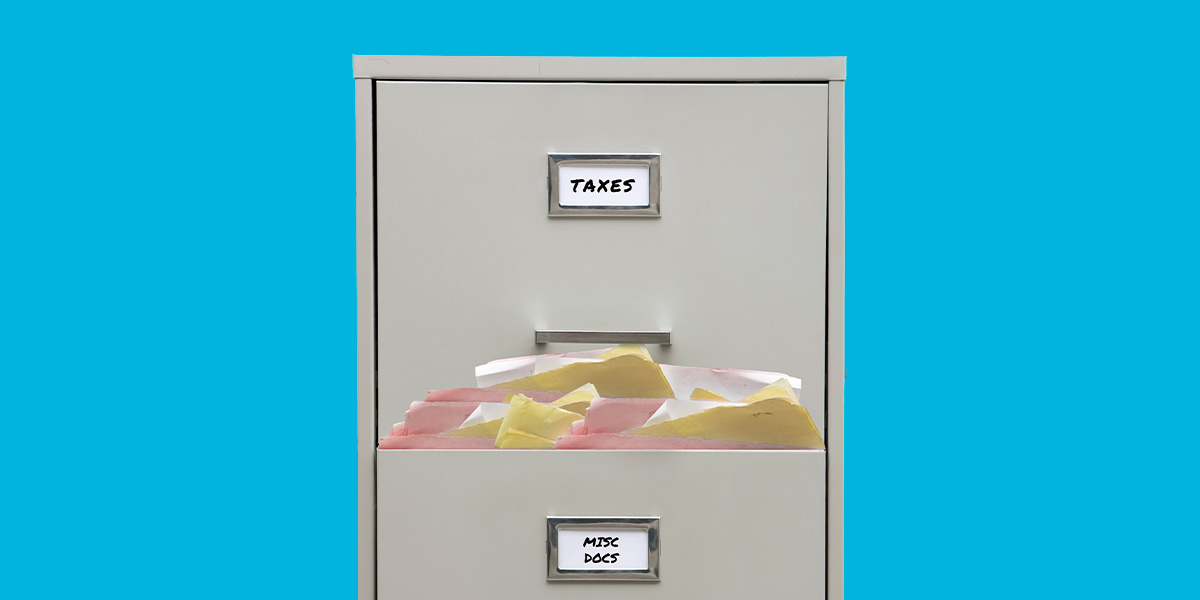-
Personal Banking -
Insights
Wire Transfers: 7 Things to Know
When many people think about sending money to someone, they might automatically think of apps like PayPal or Zelle®. But wire transfers, which date back to the 19th century when companies like Western Union used telegraph systems to send money from one location to another, continue to be a valuable tool for exchanging money in some cases.
Nearly 200 million wire transfers were sent in the United States in 2023, with a total volume of nearly $2 billion dollars, according to the Federal Reserve’s Wire Network, known as the Fedwire service.
Wire transfers can be used for personal or business transactions, and for domestic or international transactions. Find out more about how to safely send and receive funds with wire transfers, and how to avoid wire transfer scams.
What is a Wire Transfer?
A wire transfer provides an electronic method to transfer money from one financial institution to another, through a bank, credit union or nonbank provider such as Western Union.
Wire transfers are often used to send significant sums from one person or business to another, such as to buy property or to send money to a relative overseas. Funds can be sent by wire transfer using either U.S. dollars or foreign currency.
While apps that instantly transfer money from one person to another are commonly used for relatively small sums of money, a wire transfer is typically preferred for international transactions or to send larger amounts of money than are allowed by many other methods. A bank wire transfer can also be a quicker way to send funds when receipt of payment is immediately needed.
How Do Wire Transfers Work?
Wire transfers initiated in the U.S. typically are facilitated by Fedwire, which electronically manages financial transactions between banks, government agencies, businesses and consumers. The Fedwire system allows wire transfers to be completed faster than most other methods of sending large amounts of money.
Generally, a bank wire transfer is initiated and paid for by the sender. Some banks, including City National Bank, allow you to send a wire transfer through their app.
1. What Information is Needed for a Wire Transfer?
To send a bank wire transfer, you will need your banking and personal information, along with information from the recipient. If you use a nonbank service for a wire transfer, you may need to sign up for an account. In some cases, you may need to provide a reason for the wire transfer.
To initiate a wire transfer, you’ll need to provide your name, phone number, address and the banking information of the recipient.
If you are sending funds from City National Bank, you can choose the account from the mobile app or City National Online.
You will need the following information for the recipient:
- Name
- Phone number
- Address
- Banking information
If the recipient is in another country, you’ll need a SWIFT/BIC (business identifier code) for the recipient’s bank, and possibly an International Payments System Routing Code in addition to a bank account number.
2. The Different Types of Wire Transfers
There are two types of wire transfers: domestic and international.
Domestic Transfers
Domestic wire transfers refer to wire transfers that take place between two financial institutions within the same country. Since the money is being transferred within the same country and currency, the transfer can often be completed on the same day or within up to three days.
International Transfers
International wire transfers refer to wire transfers between financial institutions in two different countries. Some international transfers are in the same currency, but other transfers allow you to convert the funds into a foreign currency. Typically, an international transfer will take at least two business days.
3. The Costs and Limitations of Wire Transfers
Most financial institutions and nonbank wire transfer companies charge a fee for a wire transfer. Typically, domestic wire transfers cost $25 to $35, while international wire transfers average $35 to $50. The fees are one reason many people use wire transfers only for larger sums of money. If you’re exchanging one currency for another, you’ll also pay a currency exchange fee as you would at most financial institutions.
Limitations on wire transfers amounts can vary by institution. It's best to consult with your bank or wire transfer provider about their limits.
4. How Long Do Wire Transfers Take to Settle?
Typically, a domestic wire transfer will go through on the same business day or within two or three business days at most. An international wire transfer may take a little longer, usually from one to five business days.
5. Understand the Risks of a Wire Transfer
Wire transfers are a generally safe way to send money because they’re secured by the service provider, such as your bank, and are sent over a secure electronic network. However, wire transfers are also a commonly used tool for fraud because of the ability to send large sums of money quickly. Scammers sometimes target people involved in large transactions, such as a home purchase, to con them into sending a wire transfer to the wrong place.
Before you send a wire transfer, take the time to double check the information you have for the recipient and be sure you are not sending funds to a scammer.
Find out how to spot fake wire transfer fraud with our in-depth article about the topic.
Can You Get Wired Funds Back if You Get Scammed?
Unfortunately, you typically cannot reclaim your wired funds if you get scammed. Wire transfers are nonrefundable. In fact, that’s one reason they are popular with scammers, who often immediately transfer funds again as soon as they are deposited to make it even more difficult to trace or retrieve funds.
If you discover a fraudulant wire transfer, it's important to notify your bank as soon as possible so that additional measures to protect your account can be considered.
6. When to Consider Using a Wire Transfer
While wire transfers typically cost a little more than other methods of transferring money, they can be a good financial tool under certain circumstances, such as when:
- You need to send funds overseas. Not all methods of sending money can be used internationally.
- You need to send large sums of money securely. A wire transfer is frequently part of a real estate transaction because funds need to be transferred safely and on time for the property to change hands.
- You need to send funds quickly. A domestic wire transfer generally offers a secure, reliable way to pay invoices or other financial transactions on a short timeline.
7. Wire Transfer Alternatives
Depending on the amount of money you need to send and where you need to send it, there are alternatives that can be less costly than a wire transfer, such as:
- Payment apps. Apps such as Zelle often have limits of how much you can send, but you may be able to use these sites for free or for a small fee depending on your individual circumstances. Typically, the funds are sent instantly. It's important, however, to be aware of how scammers use these peer-to-peer payment apps.
- ACH transactions. If you’re sending money to someone in the U.S., an ACH transfer may be a less costly way to transfer funds, often free or costing just a few dollars. An ACH transfer is similar to a wire transfer, but the transaction involves a third party as a facilitator between banks. Typically, it takes one to four business days for an ACH transfer.
This article is for general information and education only. It is provided as a courtesy to the clients and friends of City National Bank (City National). City National does not warrant that it is accurate or complete. Opinions expressed and estimates or projections given are those of the authors or persons quoted as of the date of the article with no obligation to update or notify of inaccuracy or change. This article may not be reproduced, distributed or further published by any person without the written consent of City National. Please cite source when quoting.





